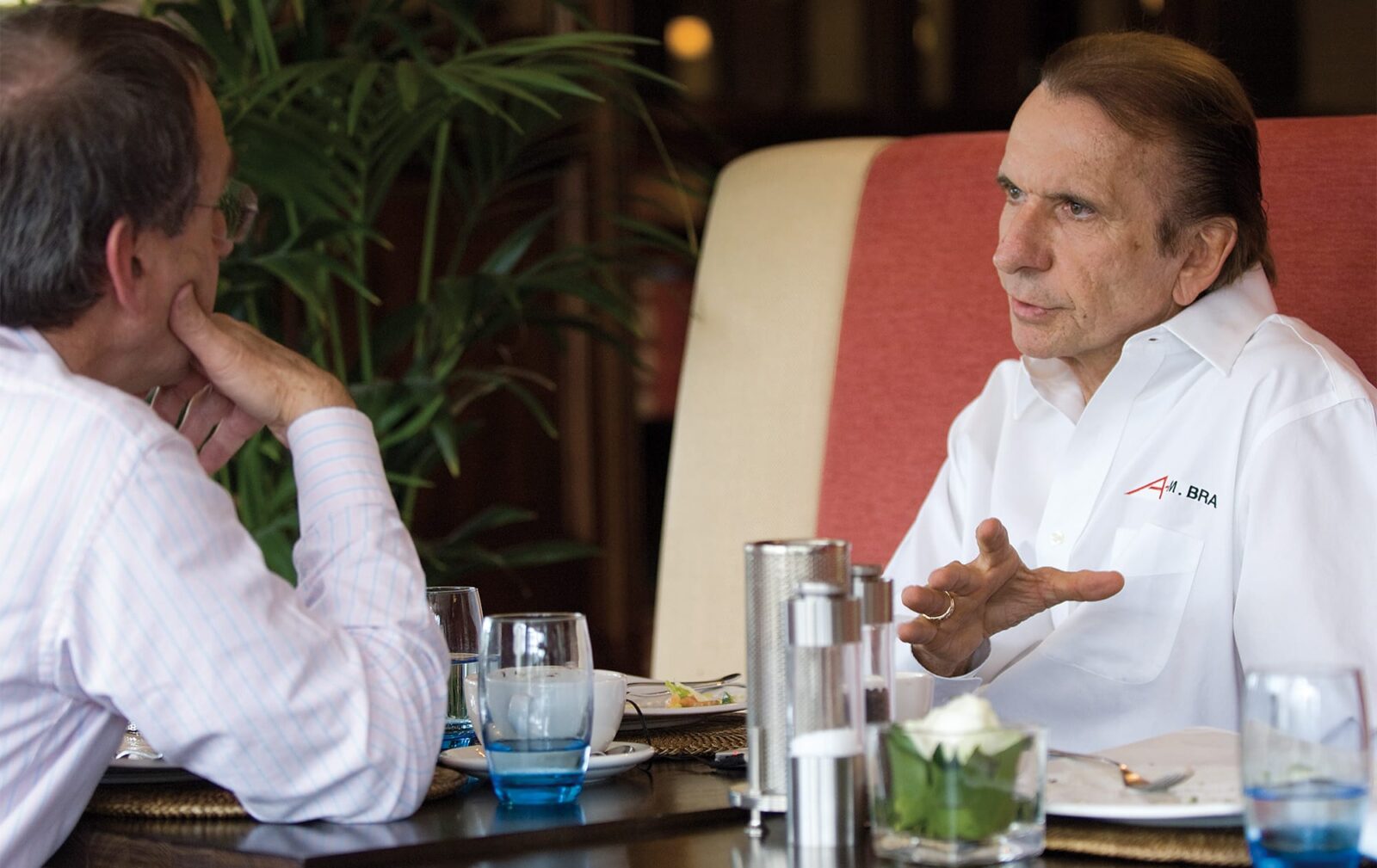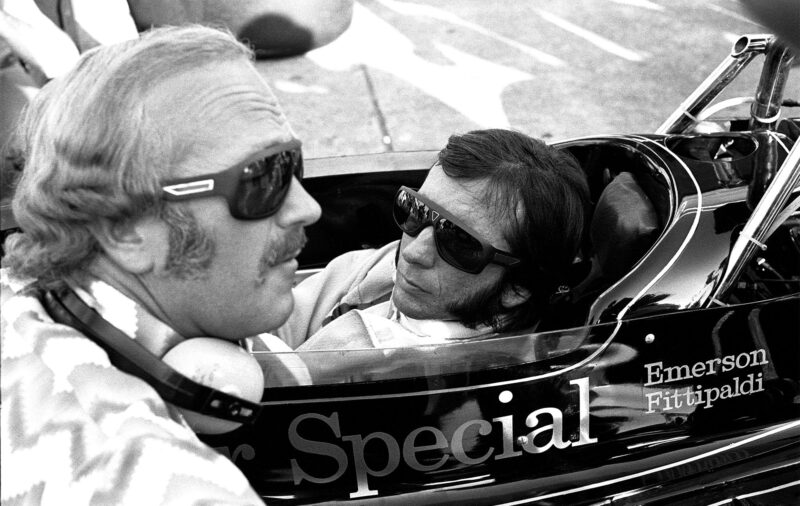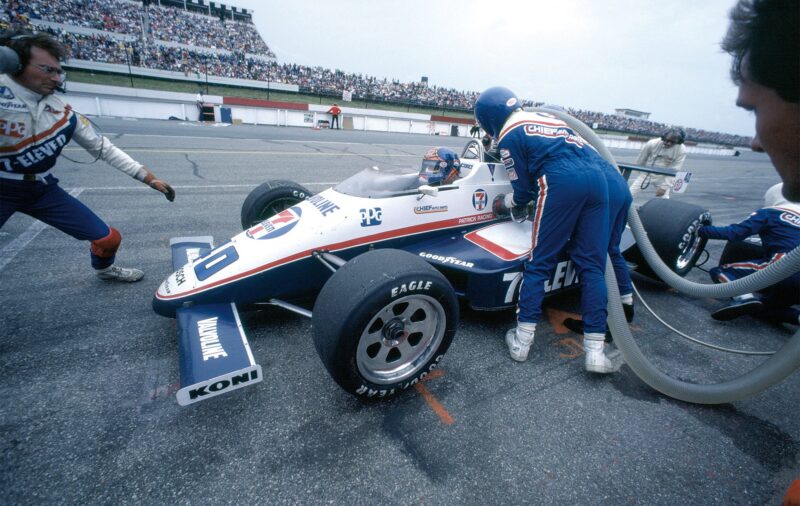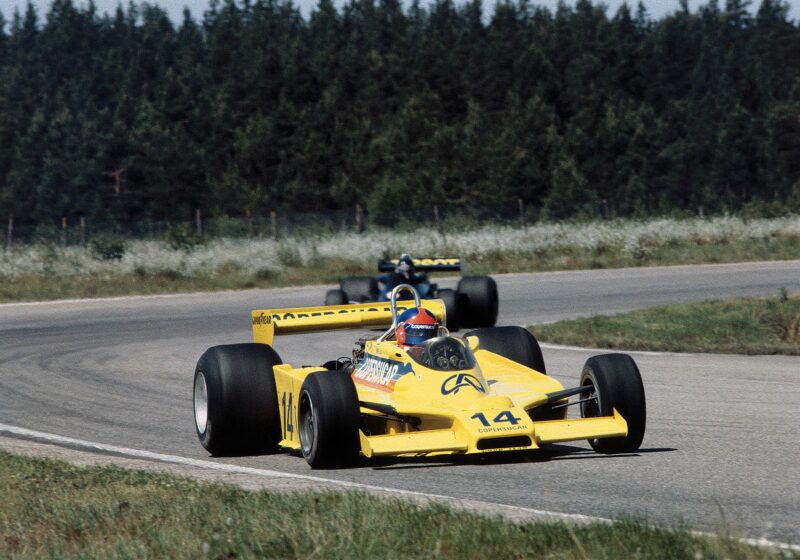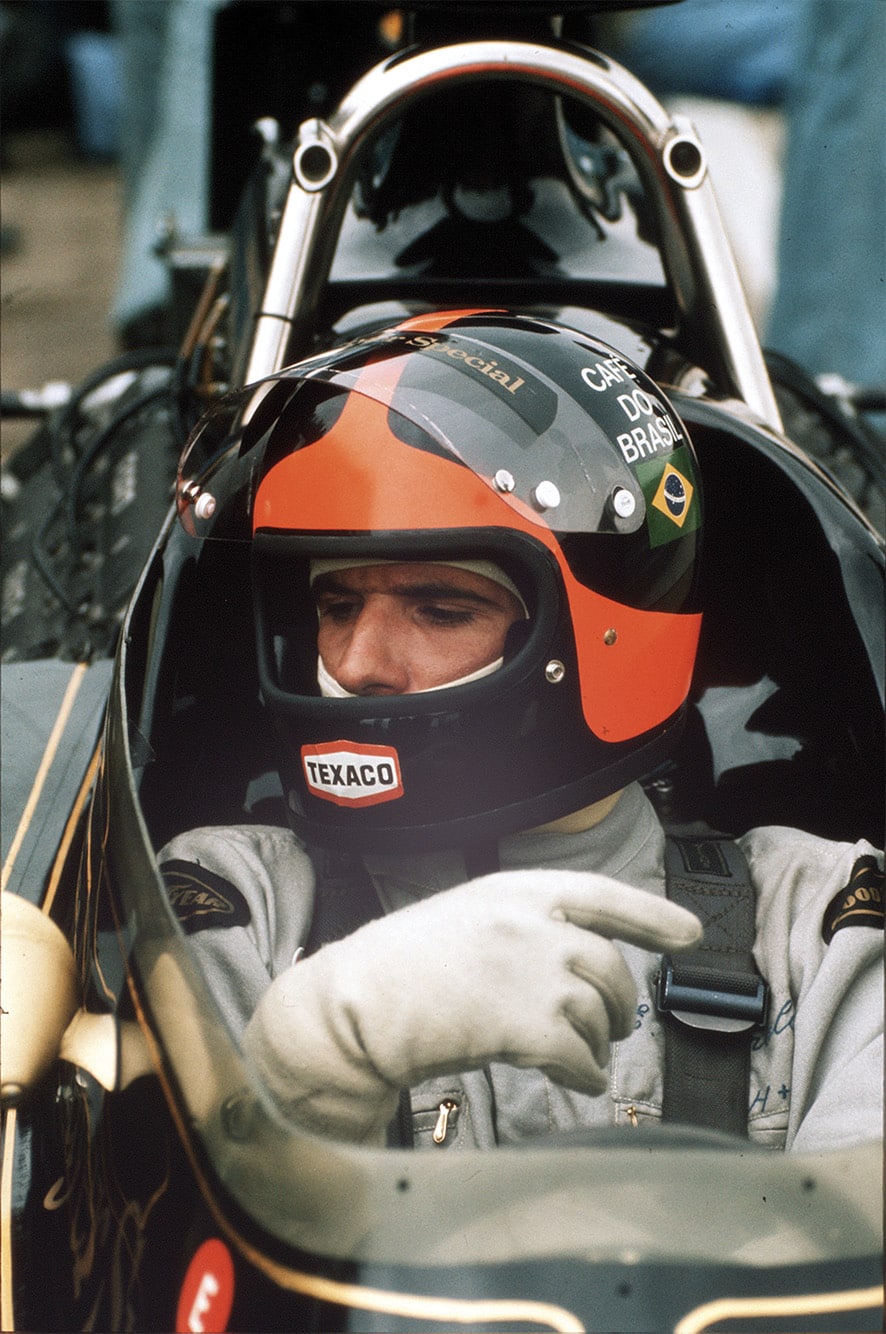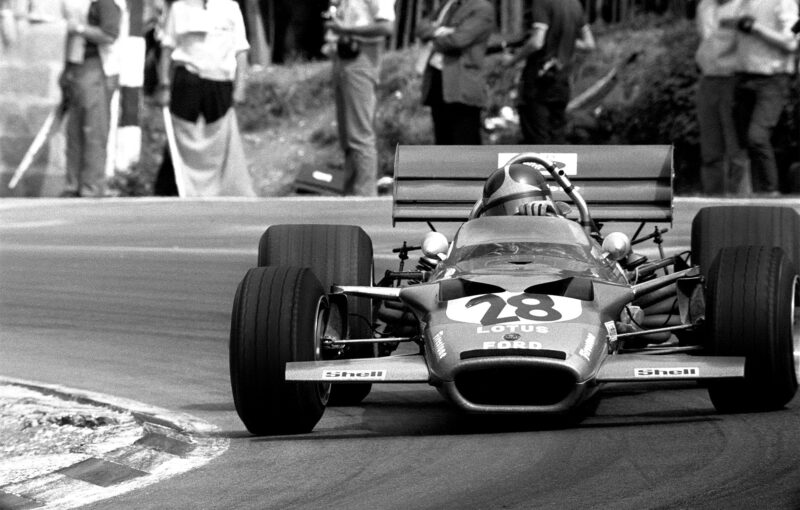The right people wanted to meet the Brazilian newcomer because, like Ayrton Senna da Silva a dozen years later, he was winning everything. His first race was actually at Zandvoort: he put the Merlyn on pole and led until his engine blew. Rowland gave him the parts to rebuild it. They took the finished car to bleak, windy Snetterton for a test, and the gearbox broke. “I cried that day. I thought I would go back to the sunshine in Brazil and forget about Europe.” Rowland persuaded him to persevere, and he returned to Snetterton for his second race – and won. More FF wins followed, but in July Jim Russell, who’d been watching his progress, did a deal with Mike Warner of Lotus Components, and the Merlyn was exchanged for a Lotus 59 F3 car. Emerson was fifth in his first F3 race, second in his second, and won his third. He won seven more in the next three months and, on the strength of half a season, took the British F3 Championship.
The first F1 offer had already emerged. “By September I was living in Norwich. Frank Williams, who was having flying lessons, flew up with his instructor to see me. He said, ‘Next year I will have two De Tomasos in Formula 1, and you can be No2 to Piers Courage.’ I said, ‘Thank you, Frank. It is an honour, this invitation, but I am not ready.’ Then later in the year Colin Chapman called me into his office. My legs were shaking, I was thinking of Jim Clark and Graham Hill, all that history. It was a very emotional day for me. He said, ‘I want you to drive for me next year in Formula 1.’ I told Colin I needed more experience. I wanted to start in F2 and see how things went.
“F2 was so good in those days, because you raced against all the F1 drivers with equal cars and engines. So I did six or seven F2 races in the first half of 1970, and I got to know Jochen Rindt. He was the king of F2 then, and I ran close with him sometimes. Then Colin said, ‘We want to put you in the Lotus 49 for the British Grand Prix, a No3 entry.’ I sat in the car for the first time in a test at Silverstone. Colin flew there from Hethel in his Navajo, with me sitting in the back. I’d never flown in a private plane before. Jochen was there testing the 72, but Colin sent him out in the 49 for a few laps to see if it was OK, and then I jumped in. I did five or six laps, came in and said, ‘The car is understeering a lot.’ ‘The car’s fine’, says Jochen. ‘Don’t change anything. Just use more power and the understeer will go away!’ But they put on more front wing for me, and I started to set good times. Jochen was pleased – sometimes a driver doesn’t like to see another driver going well, but he was happy about it. He even hung out the pit signals for me himself.”
At Zandvoort a few days later Piers Courage was killed. Again Frank Williams offered Emerson the De Tomaso drive, but then Chapman responded with a proper contract. The record books show Emerson’s Brands Hatch F1 debut resulted in a steady drive to eighth, but in fact he lost fourth gear and had a broken exhaust. Before that, his fastest lap was only 0.9sec off winner Rindt’s best in the 72: Chapman must have been well pleased with his young No3. Two weeks later came his first points, a fine fourth at Hockenheim. Then in Austria he drove the 49 for the last time, slowed by mixture problems.
Team Lotus arrived at Monza with three 72s for Rindt, John Miles and Emerson, including a brand new 72 chassis for Rindt. In Friday practice Emerson was sent out to shake it down. “Colin said at Monza we must run with no wings on the car. I was taking it easy, bedding it in, and I saw Jack Brabham coming up in my mirrors. I didn’t want to get in his way. Then when I look back at the road I am 100m past my braking point for Parabolica. I lock the front wheels, and I hit the back of Giunti’s Ferrari, fly over it and finish up in the trees, with the car standing on its nose. I had to stand on the pedals to get out. Colin was extremely pissed off, it was a brand new car. On the Saturday morning I had breakfast with Jochen, and he asked me to replace him in the F2 team, because he wanted to stop F2. We shook hands on that. A few hours later he was dead.”
Jochen Rindt, the world champion elect, was killed when his Lotus 72 veered left under braking for the Parabolica, almost certainly because one of the shafts to its inboard front brakes sheared. The car nosed underneath the poorly located barrier and hit one of the retaining posts, and was dreadfully damaged. It was a crushing blow for the Lotus team, which withdrew at once from the weekend. No2 driver John Miles believed running the 72s without wings at Monza to maximise their straight-line speed made them unstable, and he had a ferocious argument with Colin Chapman in the pits just before the Rindt accident. He left the team immediately.
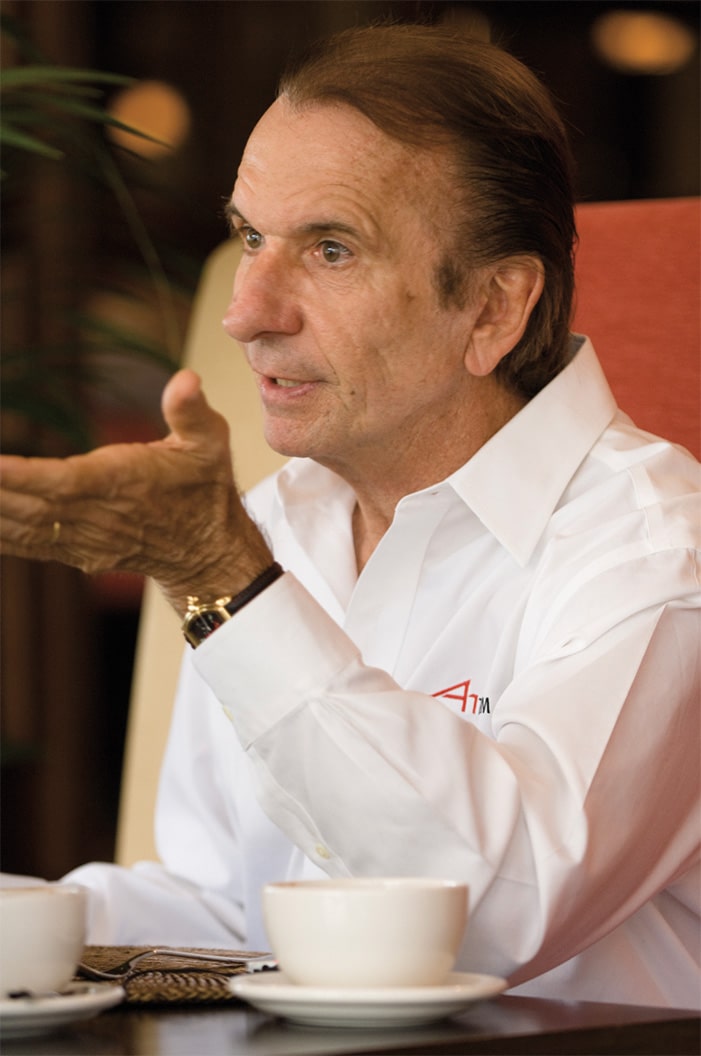
“It was an awful time, for me, and for everybody. Piers and Bruce [McLaren] had been killed that summer, and now Jochen. In those days the cars were very weak in an accident. Everyone in the team was so sad. Colin rang me and said he was withdrawing from the next Grand Prix also; that was Canada, two weeks after Monza. He said, ‘Emerson, I don’t know what I’m going to do. I’ll let you know.’
“Then a week later he called me, and he said, ‘I want you to be No1 driver for Lotus. We’re going to Watkins Glen.’ I was amazed. I thought he would be getting someone more experienced. I had only done four Grands Prix, and had one crash! Coming out of the tragedy, the ambience in the whole team was very difficult. Jacky Ickx still had a chance of winning the title for Ferrari if he won the last two races, and Colin said I must beat him because it had to be Jochen’s championship. There was big pressure on me.
“Ickx qualified on pole. I was third behind Jackie Stewart. The night before the race I was very sick. I had a high temperature, sweating, cold. Colin came into my room and said, ‘Can you drive tomorrow?’ I said, ‘I don’t know, depends how I wake up.’ I woke up dizzy and went to the track, and then it was time for the warm-up, and I got in the car and the adrenalin started to work. After the warm-up I said to Colin, ‘I feel great.’”
